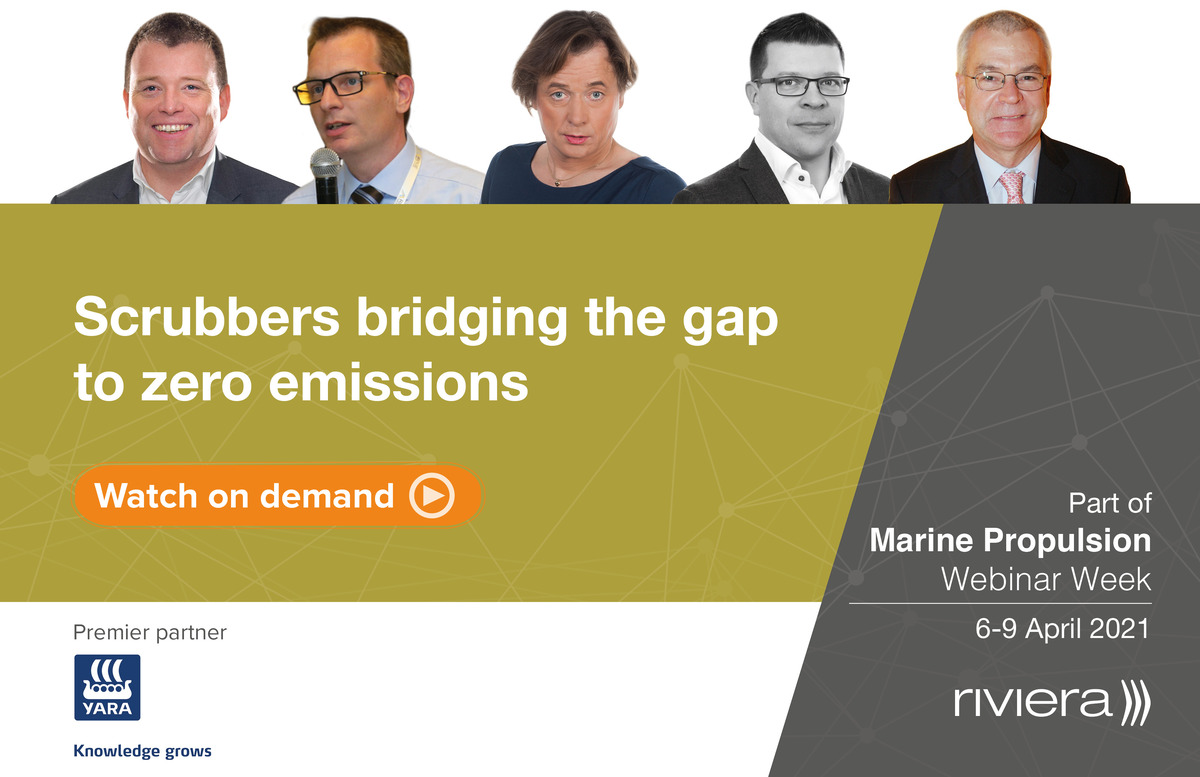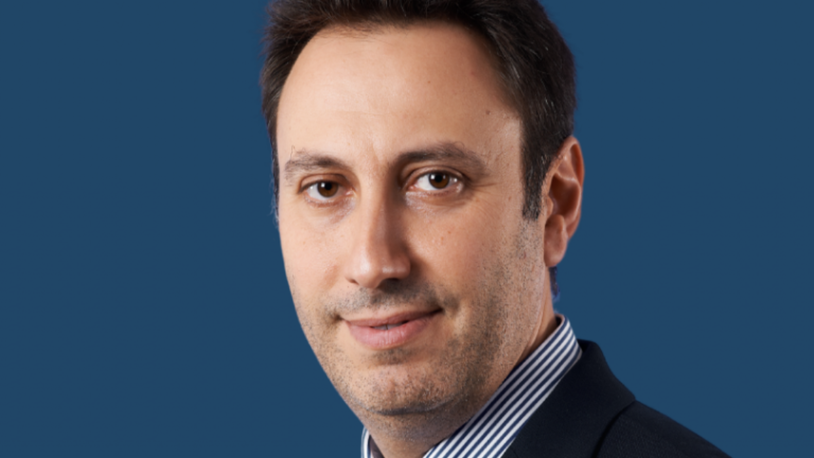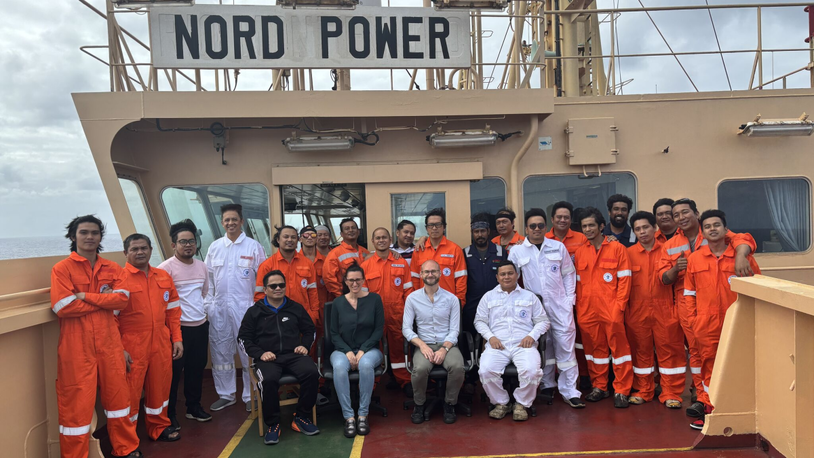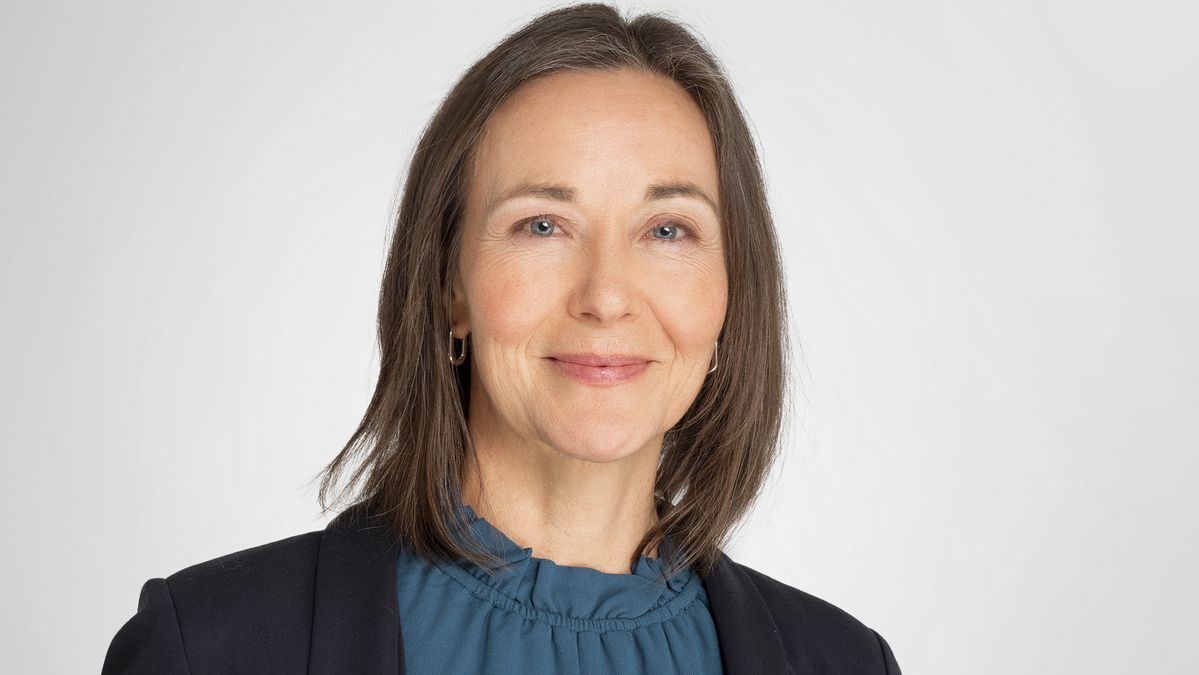Business Sectors
Events
Contents
Do scrubbers have a place in the race to zero emissions?
Panellists at a Riviera Maritime Media webinar homed in on energy and economic base cases and global carbon budgets to assess the longevity of scrubbers as shipping strives to decarbonise
In whatever capacity or industrial setting they are used, the truth about scrubbers is they are a tool designed to work alongside – and not to replace – fossil fuels.
With the association, the role these machines play – offering partial cleaning of the myriad of dangerous pollutants that result from burning fossil fuels – has at times proved unpopular in the court of public opinion.
To their detractors, scrubbers play the role of enabler, prolonging global dependence on fossil fuel sources when, as a planet, we need to be moving to emissions-free renewable energy. To those detractors, at the very least, these machines have an image problem. Although cleaners by name, they look dirty by dent of their association with fossil fuels.
Proponents of scrubber technology, of course, take a different view. They tout the technology as an emissions reduction mechanism for a world that currently demands far more energy than can yet be supplied by renewable energy sources.
The view of scrubbers as necessary in a fossil fuel-dependent world seems to be supported by figures detailing energy inputs and outputs for synthetic ‘e-fuels’ that many are hoping can replace polluting fossil fuels.
Norway-based, independent research organisation SINTEF Ocean’s chief maritime scientist Dr Elizabeth Lindstad opened Riviera’s webinar Scrubbers: bridging the gap to zero emissions with a look at e-fuels, which are made by storing electrical energy from renewable sources in the chemical bonds of liquid or gas fuels. E-fuels can be extremely energy hungry and, if the electricity is generated by fossil fuels or fossil fuel-dependent sources, extremely emissions heavy.
Dr Lindstad put the results of her calculations quantifying energy density, output and emissions succinctly, “the big question is, where shall we get all this renewable energy to make these e-fuels from?”
“If you want all ships to be fuelled by e-fuels… we need much more energy from renewable sources than the total production today and… we should rather use this electricity to replace coal-fired power plants,” she said.
“If we instead use that electricity to replace these coal-fired plants, we can cut global [GHG] emissions by 15-20%,” Dr Lindstad said, whereas, in comparison, “the amount of electricity which we need to make all these e-fuels and synthetic e-fuels will just give a 3-4% reduction of the global greenhouse gas emissions (GHG) we use if we use it to make shipping fuels.”
It is a compelling argument, albeit one that would require a concerted global effort to eliminate coal without the existence, to date, of a dedicated international regulator, which the shipping industry already has in the form of the International Maritime Organisation (IMO).
Taking Dr Lindstad’s point, Exhaust Gas Cleaning Systems Association (EGCSA) director Don Gregory put a distinctly different spin on a well-known phrase perhaps most closely linked to former US vice president turned environmental campaigner Al Gore. Characterising renewable fuels’ lack of capacity to fully replace fossil fuels as an “inconvenient truth”, Mr Gregory said that abating fossil fuel emissions – and by implication continuing to use fossil fuels – is a necessary step in shipping’s decarbonisation.
Under the webinar’s theme of scrubbers being a bridging technology to an as-yet undetermined target date by which shipping will be fully decarbonised, Mr Gregory said “if we don’t focus on reducing our emissions of CO2 today, we’re going to have great difficulty in meeting the challenges tomorrow that we need to meet with renewable fuels”.
However, another inconvenient truth, as Mr Gregory admitted, is currently creating added difficulty in the court of public opinion and creating operational challenges for both scrubber manufacturers and vessels with certain types of scrubbers installed.
This inconvenient truth is that an increasing number of ports are limiting scrubber use over worries of threats to marine environments from washwater discharge. These ports are taking a cautious approach, choosing to ban the use of the open-loop scrubber configuration in ports and coastal waters – often fragile and already environmentally stressed ecosystems – out of fear of further damage to coastal marine life. A fear that, according to studies undertaken by Mr Gregory’s EGCSA, a group that advocates for the use of scrubbers in shipping, is unfounded.
These bans are “a big worry for the exhaust gas cleaning systems association (EGCSA) and its members,” Mr Gregory said. “We haven’t had any feedback from any of the areas where restrictions have been placed as to why they’ve been placed other than [as] a precautionary approach.”
Despite these bans, vessels with scrubbers installed have various routes around localised port restrictions.
Scrubbers too may have a new path to forge in the future, according to their manufacturers – one that would see them fighting carbon emissions, particulate matter and other pollutants as environmental restrictions on the shipping sector continue to tighten.
Wärtsilä, for one, is heavily invested in manifesting this future for exhaust treatment technology, as the company’s exhaust treatment division manager Aslak Suopanki outlined.
“We strongly believe abatement solutions will also play a role in decarbonising shipping,” he said. “We know that carbon capture and storage or CCS is technically feasible.”
Mr Suopanki cited developments in scrubber technology for land-based industry using solvents, membrane separation and cryogenic separation to capture carbon, saying refinements to the technologies may make the process feasible for shipping.
“These technologies would need to be further refined for use on ships, and we are well positioned to do so. And we already have some good ideas on how to do that,” he said.
Wärtsilä is building a dedicated facility to bring those ideas to fruition, as Mr Suopanki explained.
“We are already installing a 1-MW pilot plant at our test facility in Moss, Norway. This pilot plant will allow us to test our CCS technologies in a wide range of scenarios and conditions,” he said.
Yara Marine Technologies, the webinar’s’ premier partner, is eyeing carbon capture as one of several potential future directions. As the company’s head of sales and marketing Aleksander Askeland put it, his company’s “end goal is to at least eliminate the scrubber in its current form”.
Stressing the evolutionary approach and success of the business in the role of an innovator, Mr Askeland acknowledged that, “of course, some cleaning, scrubbing of some sort, will be required. But I think we are just doing what we set out here on the topic of the webinar. This is a bridging technology, and we need to think ahead: how can we stay relevant? How can we come up with new technologies, new ambitions to cover the gap?”
Mr Askeland said his company had managed to capitalise on a solution that was “ripe” for the maritime market, and he said the success had a lot to do with how effective the technology is. Scrubbers, he said, have virtually eliminated sulphur oxides (SOx) from emissions on the vessels where they are used.
Mr Askeland also noted that not enough attention was paid to scrubbers’ relatively lower carbon footprint than other sulphur cap compliance methods. Scrubbers’ comparative CO2 reductions – measured by well-to-wake calculations – are estimated to be between 10-20% more than vessels burning low sulphur fuel oils (LSFOs).
“This is sometimes lost in the dialogue, that there is a very clear benefit [to using scrubbers as opposed to LSFOs]. And it is a mature technology. There are thousands of ships using this technology today,” he said.
In terms of quantified removal of CO2 via scrubbing technology, Mr Askeland said that the question of waste disposal, or discharge in systems like the open-loop configurations of some SOx-removing scrubbers, will remain as the stickiest point.
“Can we explore… the CO2 angle? Yes, we’re already looking into that,” he said. “But then the bigger question is, where do we put it?"
"I’m not sure regulators would allow us the full credit if we just discharged into the ocean again. We will need to be in line with infrastructure developments both on vessels, but also more profoundly on putting the carbon somewhere for long-term storage,” he said.
Class society DNV’s head of environmental certification for maritime Fabian Kock pointed out that another challenge for scrubber uptake comes from GHG regulations. In their existing form, the regulations governing GHG emissions in shipping offer no benefits to shipowners using scrubbers because vessel carbon footprints are being calculated on a tank-to-propeller approach. This approach, Mr Kock said, harking back to the conversation around carbon emissions comparisons between various fuel types and scrubber use, omits the production processes of fuel oils. For some fuel oils adding the production process into the calculation can add significant weight to total carbon emissions.
“To gain a benefit also in the CO2 certificates, IMO needs to define and also agree on lifecycle analysis considerations in order to reflect the total carbon footprint of the fuel and technologies being used,” Mr Kock said.
Ultimately, as data gathered by DNV revealed, the future of scrubber technology is likely to be determined by the fortunes of the fossil fuels they work to clean.
Scrubber installations, he said, “peaked at the end of 2019 and have been dropping ever since. In March 2021, there have been 26 vessels in yards with the scope of a scrubber retrofit.”
Dr Lindstad, who opened the session, again put the calculus very simply, “with a low crude oil price, scrubbers aren’t that profitable, but with reasonable crude oil prices, scrubbers are profitable for all big consumers,” she said.
“The question,” Mr Kock said, “still remains how these numbers will develop in future.”
It is a statement that rings as equally true for oil as it does for the machines trying to clean up the mess that oil leaves behind.
Webinar Panellists (click the image above to view the webinar on demand):
Aleksander Askeland, chief sales & marketing officer, Yara Marine Technologies
Fabian Kock, head of section, Environmental Certification, Maritime, DNV
Dr Elizabeth Lindstad, chief scientist, SINTEF Ocean, Maritime
Aslak Suopanki, manager, Wärtsilä’s Exhaust Treatment division
Don Gregory, director, EGCSA
Riviera Maritime Media will provide free technical and operational webinars in 2021. Sign up to attend on our events page
Poll results:
What is a realistic maximum payback time for scrubbers to be economically attractive?
- < 1 year (4%)
- < 2 years (27%)
- < 3 years (35%)
- < 4 years (10%)
- < 5 years (19%)
Scientific studies have shown scrubbers to be a better fit holistically when it comes to emissions
-
Strongly agree (16%)
-
Agree (40%)
-
Neutral (31%)
-
Disagree (10%)
-
Strongly disagree (4%)
Carbon capture and storage (CCS) system will become a realistic addition to the vessel machinery.
- Agree (58%)
- Neutral (25%)
- Disagree (18%)
Besides the financial benefits Scrubbers are offering, I would consider installing Scrubbers because of:
-
The additional environmental benefits they offer due to removal of PM (42%)
-
The possibility to remove CO2 in future (36%)
-
They provide a greener image to my fleet (24%)
With the current fuel prices in mind, would you currently consider installing Scrubbers in your fleet?
-
Yes, fuel prices will go up again (50%)
-
No, the business case is not promising (21%)
-
Maybe (29%)
What is the likelihood of Scrubber installations after the EEXI has entered into force in 2023?
-
I do not foresee more Scrubbers being installed after 2023 (15%)
-
Scrubbers will still play a reasonable role like today (54%)
-
Scrubber installations will be booming because of Carbon-Capture-Storage technologies (32%)
Which ambition level is required for scrubbers to remain a relevant technology for the longer term?
-
Continue as today (1%)
-
Further optimize scrubbing SOx (4%)
-
In addition, scrub other elements (methane, particulate matter etc.) (43%)
-
In addition, scrub CO2 for direct release (13%)
-
Full CO2 capture and storage for shore side disposal (40%)
Which energy solution has the largest potential to replace fossil fuel in shipping by 2050?
-
Wind power (5%)
-
Fuel cells (27%)
-
Ammonia (44%)
-
Nuclear (11%)
-
Electricity/batteries (15%)
Related to this Story
Women in Maritime Today: Elin Saltkjel says no day working in maritime is dull
Events
Maritime Environmental Protection Webinar Week
Cyber & Vessel Security Webinar Week
The illusion of safety: what we're getting wrong about crews, tech, and fatigue
Responsible Ship Recycling Forum 2025
© 2024 Riviera Maritime Media Ltd.
















